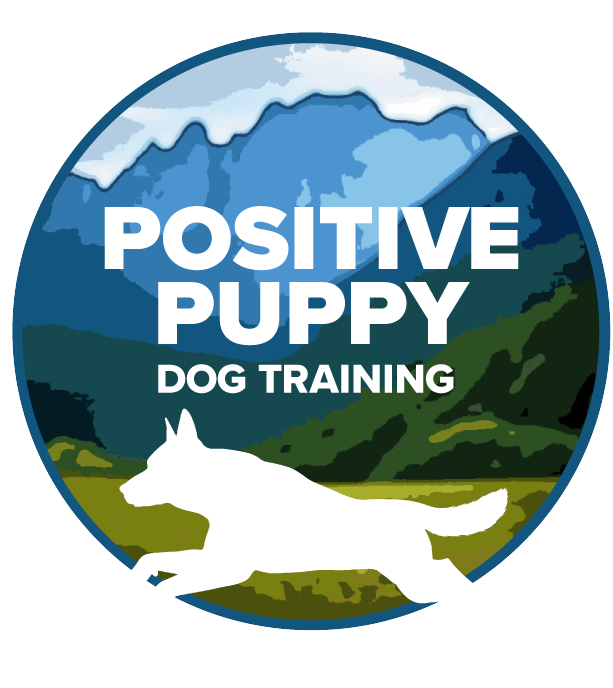The Pendulum of Dog Training
When I had my first dog, my father taught me so much about training. That was 63 years ago! We had a Brittany Spaniel named Susie. He would have me hold her upstairs, and then he would hide a piece of cheese or lunch meat in the living room. He would say, “Go Hunt” and I would let her go. Off she would run downstairs to find the cheese. He would hide it under a rug, a chair, on the bookcase, any place he could think of.


